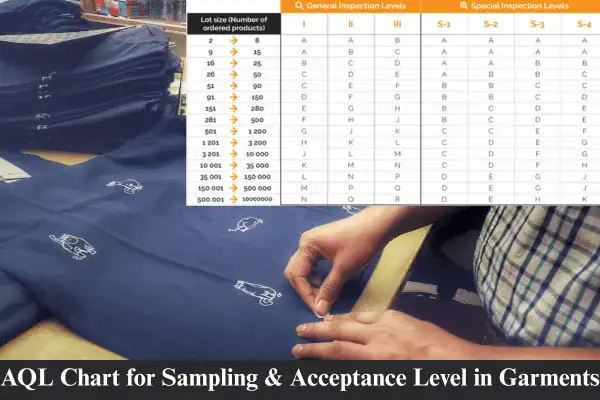7 Factors to Consider After Receiving Apparel Export Order
7 Factors to Consider After Receiving Apparel Export Order
Duties and Responsibilities of Apparel Merchandiser Receiving Export Order:
Apparel merchandisers work as a means of communication between the manufacturer and the buyer. After receiving an apparel export order, he must have to take some key points into consideration to execute the order properly. Otherwise, he will face many difficulties when shipping the export order.

7 Key Points to Consider After Receiving Export Order:
There are some key factors that must be followed after receiving an apparel export order from the buyer. Those are listed in below:
- Calculation of apparel weight or fabric consumption for each size,
- Calculation of total apparel weight for each size wise quantity,
- Addition of wastage% to the total weight,
- Total yarn requirement for the apparel export order,
- Total yarn cost for the export order,
- Weaving/ Knitting, dyeing and cost of making cost (CMT),
- Other materials requirements and their costs.
All the above key points are described in the following:
1. Calculation of apparel weight for each size:
It is the first task for the apparel merchandiser to calculate apparel weight or fabric consumption for each size of apparel following an accurate fabric consumption calculation formula.
2. Calculation of total apparel weight for each size-wise quantity:
The apparel weight will differ for each size and also the quantity for each size also may differ depending on the size ratio. Sometimes the quantity for each size may be given directly in the order sheet and sometimes it may be given in the form of size ratio. If it is given in the form of size ratio then apparel merchandiser have to calculate the size wise quantity.
After calculating the size quantity, the weight of the concerned size should be multiplied with the corresponding size quantity and it is done for all sizes. Then the total weights of all sizes are added. The total weight what we get is the final weight i.e. output weight. But we have to calculate the initial weight i.e. input weight.
3. Addition of wastage% to the total weight:
All the manufacturing process incurs certain percentage of textile waste or wastage. That means out will be less than the input. So, this wastage% should be taken into consideration for each process and should be added to the total weight of all sizes. This will give the initial weight or input weight.
The below formula is used to add the wastage%. The answer which results is termed as total yarn requirements.
Input weight,
Output weight or final weight
= ……………………………………….
(1- Wastage %)
4. Total yarn requirement for the apparel export order:
The input weight that we get is the total yarn requirement.
5. Total yarn cost for the export order:
This is calculated by multiplying the total yarn requirement with the yarn price per kg.
Total yarn cost = Total yarn requirement × yarn price per kg
Wastage Percentage in Textile and Apparel Industry:
Wastage% incurred in various processes of the textile and apparel industry is as follows:
- Knitting = 2-3%,
- Processing = 5-8%,
- Cutting = 10-15%,
- Rejection = 3-5%,
So, total wastage% stands at 20-31%. But normally at an average 20-25% wastage is taken for calculation.
6. Weaving/ Knitting, dyeing, and cost of making cost (CMT),
These are very basic costs to consider and make production accordingly.
7. Other materials requirements and their costs.
Embroidery and other materials need to be sourced.



